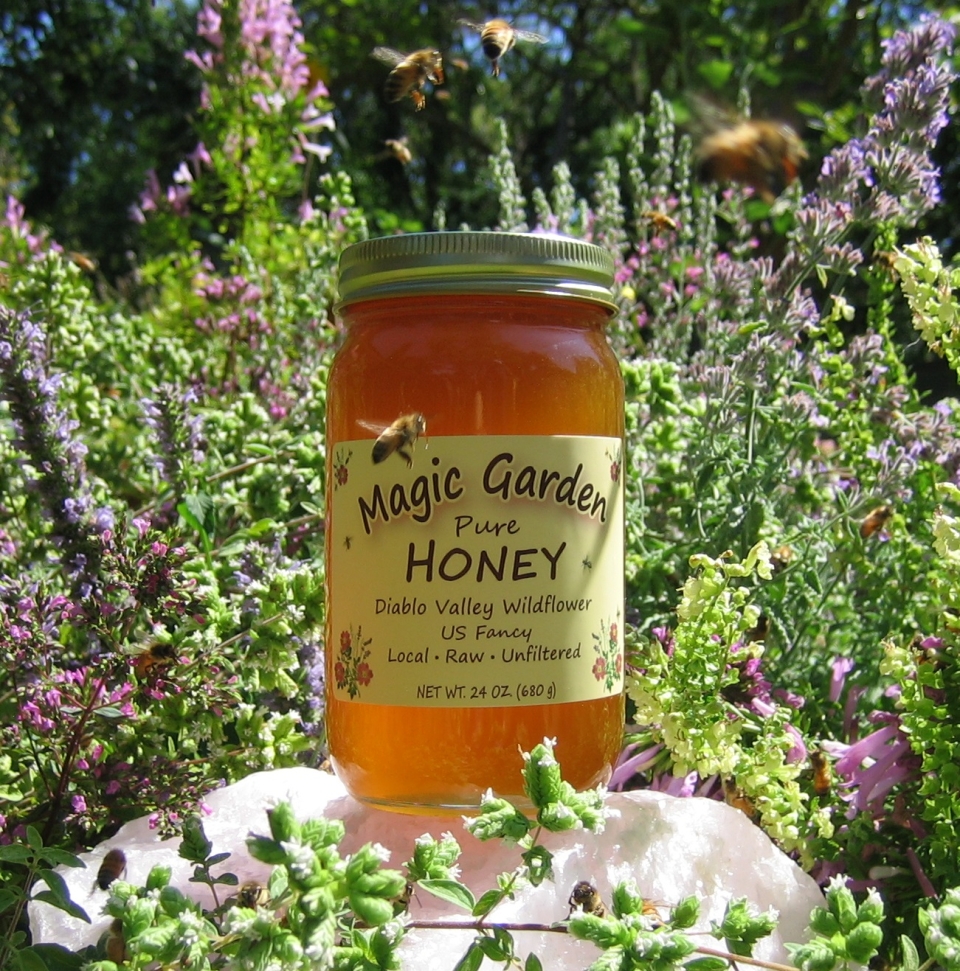The time of Winter Solstice is sacred in many cultures. “For the Hopis, the bringing back of their Father Sun symbolizes rebirth or renewal of life.” During the Hopi Solstice Ceremony (Soyal), honey is used in religious rites.
“By the side of the tray he placed a tray of cornmeal and a honey pot…he himself took a few nakwakwosis which he had consecrated by smoking and spitting honey over them and went out and deposited them somewhere south of the village.” (Voth:1920)
In February, during the Powamu or Bean Planting Ceremony, prayersticks are “adorned with various herbs and feathers and a small corn husk packet containing grass seed, a pinch of cornmeal, a pinch of pollen, and a drop of honey.” (Loftin:1991)
In summer, runners for the Walpi Flute Society are anointed with honey before they make their rounds to the crop fields. The Flute Priests “...fasten a small pouch of sacred meal at his side and anoint him with honey on the tip of the tongue, the forehead, breast, arms, and legs…” (Hough:1915)
During the summer Snake Dance, “It was noticed that those who made bahos (prayersticks) took a small quantity of honey in their mouths as soon as they had finished cutting the stick for the bahos, spat it into their hands, and rubbed their bodies with their hands.” (Voth:1903)
Kachina masks are fed honey before sacred ceremonies. “On totokya, the day before a dance ceremony, the masks are first assembled properly and then fed with honey. A drop of honey is placed right into the mouth hole.” (Malotki:2002)
In the old Oraibi Marau Ceremony, “While the women chant the seventh song, the Chief Priest takes a pinch of honey in his mouth and then blows smoke from his cloud blower over the altar.” (Voth:1912)
“Honey is both an offering to the kachinas and a symbol of a rich harvest through which the Hopi can concentrate their hearts in prayer.”(Loftin:1991)

